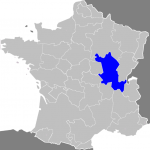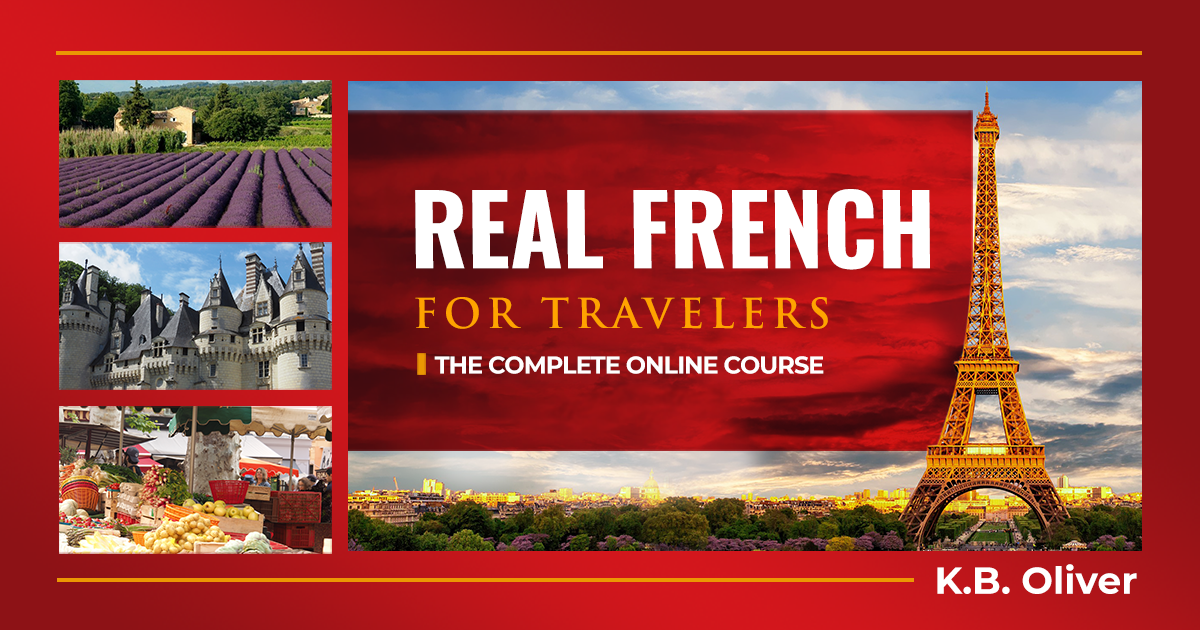
The region of Burgundy
Discover Burgundy, France!
Burgundy (Bourgogne) is a word you’ve likely heard before. Burgundy wine is perfect for Coq au Vin, and of course, to simply sip. But Burgundy, France is also a hilly, agricultural region in the east of France where these famous wines are born. The eastern part touches the Jura mountain region. You can reach Dijon, a great jumping-off spot, by TGV high-speed train in about 1 hour 40 minutes from Paris.
In Burgundy, you find more than wine. There are medieval villages, barge and boat rides on one of several canals and rivers, a picturesque landscape for walks and hikes at various levels of difficulty, as well as many biking itineraries.
The region is currently made up of four “departments”, like counties. I’ll list them here with the area of Burgundy along with the largest town so that you can locate activities that interest you.
Yonne (west, Auxerre)
Nièvre (southwest, Nevers)
Côte d’Or (east, Dijon)
Saône-et-Loire (from the Loire to the west to the Jura in the east.)

Vézelay Abbey
There’s an array of activities for every taste (literally and figuratively!) If you’re a mustard fan, you’ll enjoy Dijon, the administrative capital of the region. See the post, More than Mustard, for more.
If wine is your interest, you can follow the Grand vintage wine trail or one of four other trails. The Burgundy region has its own distinctive cuisine, which should come as no surprise.
Reasons to visit Burgundy
Villages and historical interest
Vézelay (Yonne) is a hilltop village well-known for the Vézelay Abbey and the 11th century Romanesque Basilica.
Muséoparc Living History museum is located in the town of Guédelon in the Yonne department. While you’re in Guédelon, visit the castle, featured in a BBC special “Secrets of the Castle.” (Cote d’Or)
Hospices de Beaune: A medieval hospital which is currently an art museum housed in a beautiful building. (Cote d’Or)

Hospice de Beaune
The town of Tournus has the Church of Saint Philibert, one of the oldest churches in France from the 11th century, (Saône-et-Loire).
In the same department (Saône-et-Loire) you can see the interesting towns of Cormatin, with its 17th century château, Le Creusot, former mining and steel town for fans of industrial archaeology, Maconnais, a vineyard area near the town of Macon, and the village of Semur en Brionnais, an off beaten track village reputed to be one of France’s loveliest.
The town of Autun has Gallo-Roman ruins, including an amphitheater and a temple of Janus. Also, there’s a flea market and evening programs you’ll enjoy.
The town of Auxerre is on the river Saône . There’s a château towering on a hilltop. This town is an ideal jumping-off spot for river and canal tours.
Historic towns include La Charité sur Loire and Nevers (Nièvre) and Avallon, a walled city. All of these are worth seeing.
Wine Trails
Burgundy wines are known around the world, and the top wines are produced just south of Dijon. This is at the heart of the Burgundy wine region, as is the town of Beaune. There are 5 wine trails you can follow (specific details on trails and other activities at the Burgundy Tourism site.) Some names are Gevrey-Chambertin, Vosne-Romanée, Pommard, Volnay and Clos Vougeo. Take a tour down the Grand vintage wine trail, or one of the other trails.
There is a wine museum in Beaune. Some other wine towns are Pommard and Volnay, The 5 wine routes are accessible by car, foot, bike, or boat.
Boating

Canal du Nivernais (Bourgogne)
Speaking of boats, boating is big in Burgundy, with 4 main rivers: the Yonne, the Seine, the Loire, and the Saône. There are also several canals, including the Burgundy Canal and the Canal du Nivernais, which both cross Burgundy.
Auxerre and the town of Digoin in the far west of Burgundy (Saône-et-Loire) are centers for boating. And then there’s the Burgundy Canal (more scenic), which starts or ends in Dijon. Many tour companies operate barge and boat tours, or you can self-drive one. Have a look at the post on boating in France for several options.
Nature
The Morvan mountains in this regional natural park are the closest mountain to Paris. This area is bursting with natural beauty and is popular with hikers and bicyclists. (Nièvre)
Bicyclists can check out the Tour de Burgundy à Vélo, an 800-km bike path that provides a sampling of the best of Burgundy. This is one of France’s regions where “vélotourism” is well-developed, which means that everything bikers need to have a safe and fun trip is available.







What a timely post! We are heading to France for a week in early November and now it looks like we need to add burgundy to our list of places. Do you think it is easy to do all that you listed above without a car? We plan to take the train from Paris, but can look into renting a car if necessary. Would love any other Fall tips from you too! Thanks!
Hi Chika, I’m glad this week’s post gave you some new ideas for your trip! You can definitely get to Dijon by train in under an hour and a half, but from there I would rent a car. Lots of the places mentioned are small villages and it might be difficult to find frequent trains to all of them. Some might not even have train service. If you end up not getting a rental car, there can be good bus services to these places and you can inquire about this at the train station when you arrive (or they will direct you to a nearby bus station.) I just think it makes fewer headaches with a car. Even if there is train service, you’ll be subject to the train scheduling and won’t be as free. Hope that helps! Have a great trip!